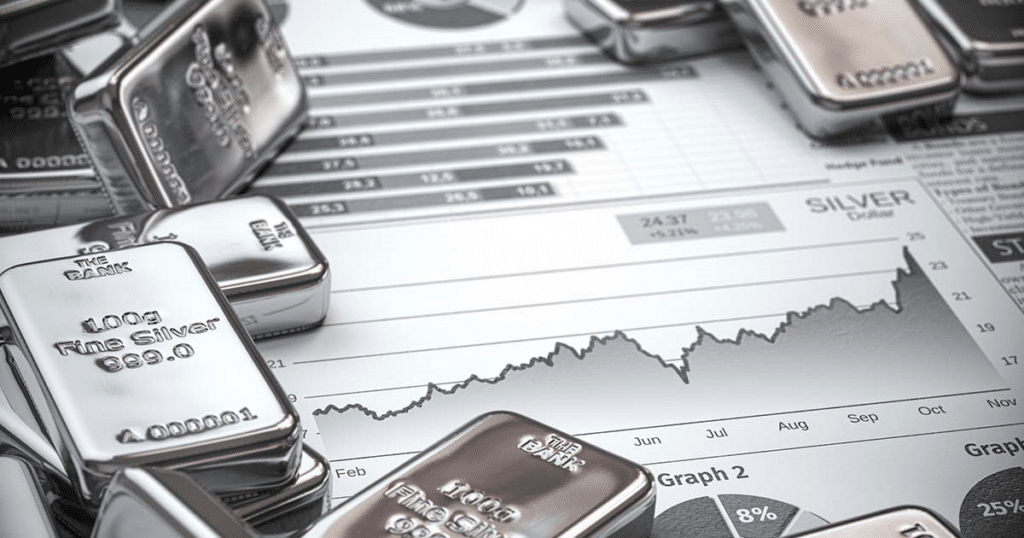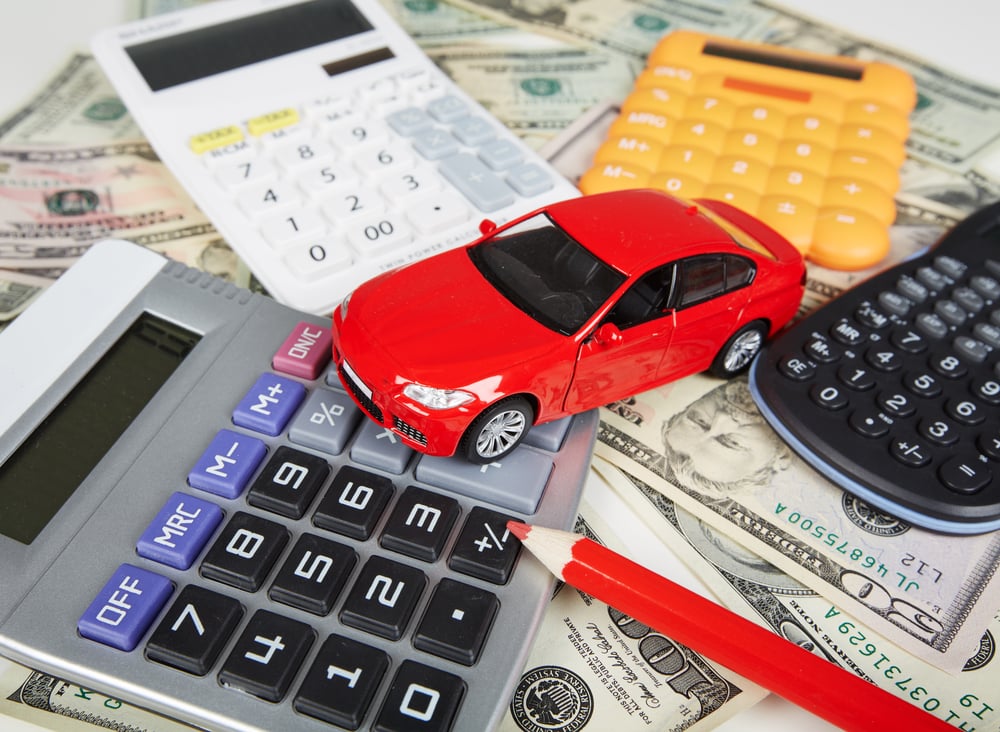Silver has long been valued as a precious metal for ornaments and currency. Its appeal continues today as an investment asset that can hedge against inflation and economic uncertainty. Indian investors looking to gain silver exposure essentially have two options – physical silver or silver ETFs. Let’s examine the pros and cons of each.
Investing in physical silver
Purchasing physical silver coins, bars or jewellery directly allows investors to own the precious metal outright. Some key benefits include:
Tangible asset – Physical silver allows you to hold the real asset in your possession. This appeals to investors who prefer tangible assets over paper investments.
Inflation hedge – Silver has historically retained its purchasing power against inflationary pressures that devalue fiat currencies over long periods.
Limited supply – Silver has restricted supply imposed by nature, mining costs and lead times. This supports long-term investment appeal.
Diversification – Precious metals like silver have low correlation to equities and bonds, making them effective portfolio diversifiers.
Liquidity – Physical silver is highly liquid globally. Coins and bars can easily be sold back to dealers or collectors at transparent spot prices.
No counterparty risk – Direct ownership of silver removes dependence on any intermediary, eliminating counterparty risks involved with funds.
However, challenges include higher upfront costs, storage requirements, assaying needs, lower divisibility and the risk of theft or damage. Overall, physical silver suits investors seeking direct precious metals exposure.
Investing in silver ETFs
Exchange traded funds (ETFs) that invest in silver offer an alternative to owning physical coins and bars. Here are some potential benefits of choosing silver ETFs:
– Cost effective – Silver ETF units can be purchased conveniently on exchanges just like stocks. This avoids high premiums over spot prices charged on physical coins/bars.
– Storage – ETFs eliminate the headache of safely storing physical silver.
– Liquidity – ETF units benefit from continuous pricing and exchange tradability, enabling easy liquidation.
– Transparent pricing – ETFs track silver spot prices closely, moving in sync with bullion benchmarks. Changes are readily transparent.
– Divisibility – Unlike physical silver, ETFs allow investing even small amounts. One can purchase even a single unit on exchanges conveniently.
– Low maintenance – No insurance costs, handling, assaying or other expenses required by physical silver. The fund houses manage it professionally.
However, silver ETFs don’t convey direct ownership of silver. There is dependency on the fund manager’s due diligence and trustworthiness. Still, silver ETFs offer a low cost, liquid and efficient means of participating in silver prices.
Conclusion
Physical silver suits investors seeking direct precious metals exposure with absolute control. Silver ETFs provide a simpler, cheaper and more liquid option, but without outright silver ownership. Weighing factors like costs, security, divisibility and transparency can help choose the right silver investing approach for your needs and risk tolerance.



